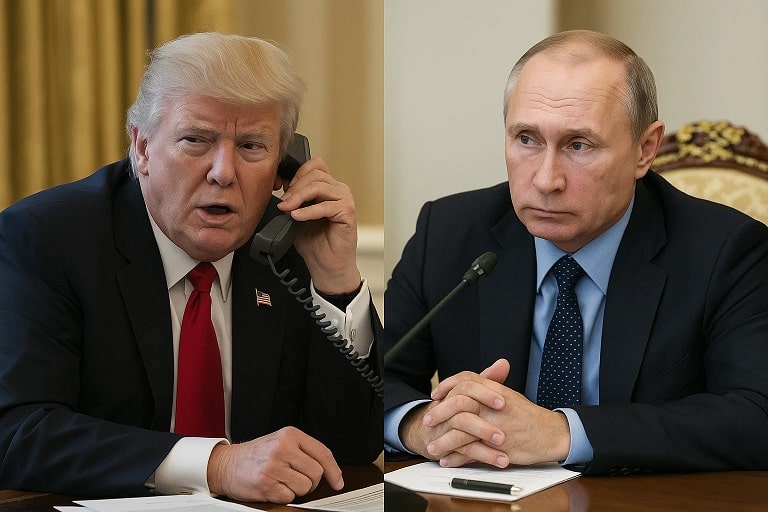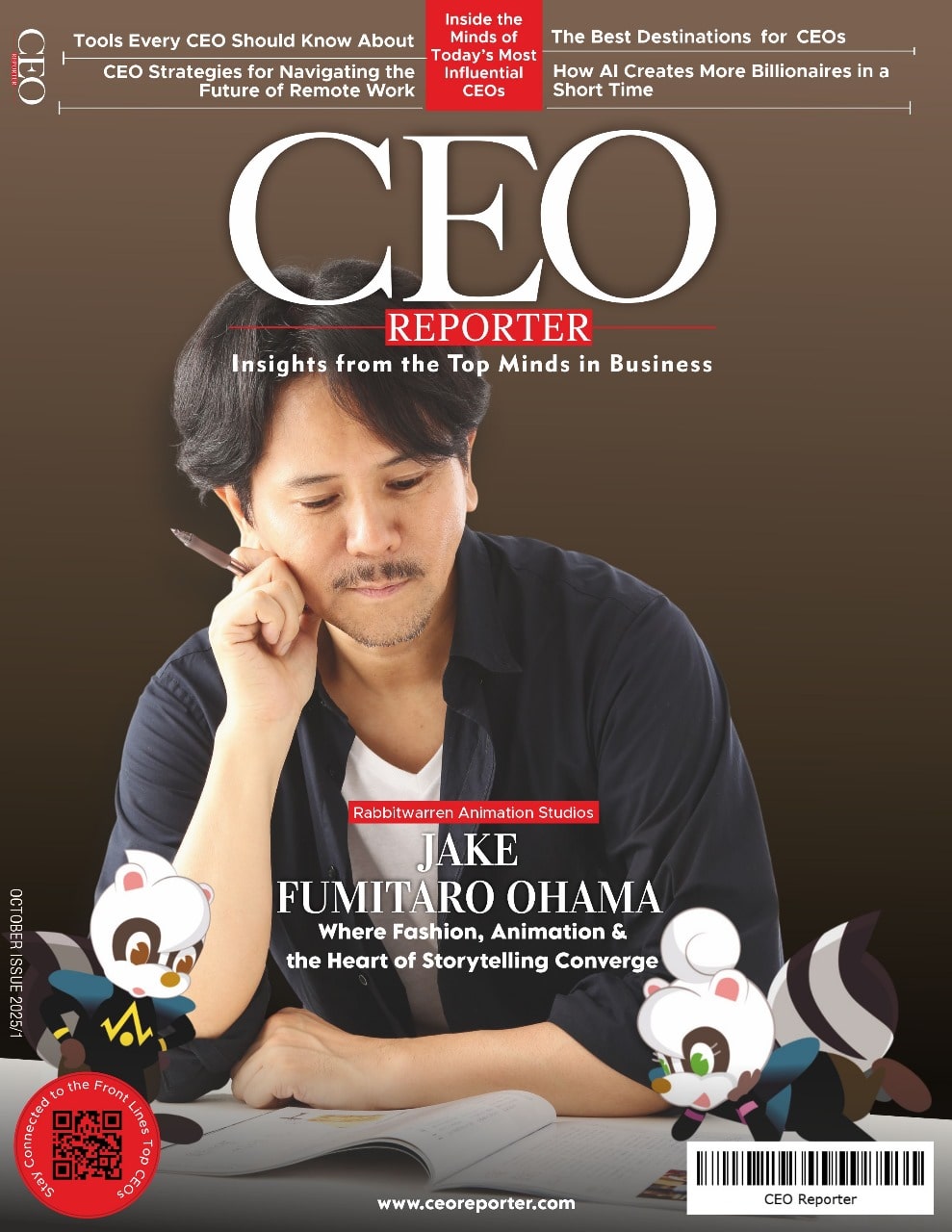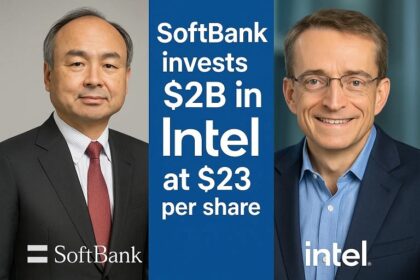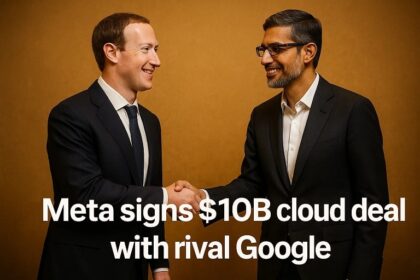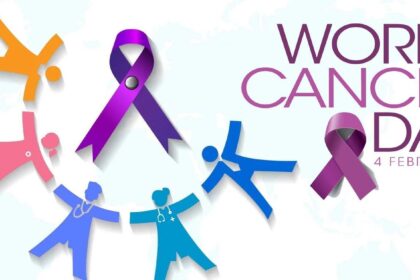Trump Calls Putin Mid-Meeting with Ukraine, European Leaders: A Diplomatic Curveball
On August 18, 2025, U.S. President Donald Trump made headlines by interrupting a high-stakes White House meeting with Ukrainian President Volodymyr Zelenskyy and European leaders to place a phone call to Russian President Vladimir Putin. This unprecedented move, reported by Reuters and other sources, occurred during discussions aimed at ending Russia’s ongoing war in Ukraine. The call, which took place in the Oval Office with Secretary of State Marco Rubio and Vice President JD Vance present, was part of Trump’s broader push for a bilateral meeting between Putin and Zelenskyy, followed by a potential trilateral summit involving himself. This article provides a detailed analysis of the event, its context, implications, and supporting data in tables, concluding with answers to frequently asked questions.
Overview of the Incident
The White House meeting included Zelenskyy and leaders from Germany (Chancellor Friedrich Merz), France (President Emmanuel Macron), the UK (Prime Minister Keir Starmer), Italy (Prime Minister Giorgia Meloni), Finland (President Alexander Stubb), the European Commission (President Ursula von der Leyen), and NATO (Secretary General Mark Rutte). The agenda focused on security guarantees for Ukraine, potential territorial negotiations, and strategies to pressure Russia into peace talks. Mid-discussion, Trump paused to call Putin, a move first reported by Germany’s Bild newspaper and confirmed by an EU diplomat. The call, conducted on speakerphone with a translator present, aimed to advance arrangements for a Putin-Zelenskyy meeting. Talks resumed in a “leaders only” format in the Oval Office afterward, according to Zelenskyy’s spokesperson.
Trump’s action followed his August 15, 2025, summit with Putin in Alaska, where no ceasefire was achieved, but Putin reportedly agreed to consider NATO-style security guarantees for Ukraine. The White House meeting was described as cordial, a stark contrast to Trump’s contentious February 2025 encounter with Zelenskyy, and focused on a “Coalition of the Willing” for Ukraine’s security, now spanning 30 countries. Trump’s call to Putin underscored his unconventional diplomatic approach, raising both optimism and concerns among European allies.
Historical Context: Trump’s Ukraine-Russia Diplomacy
Trump’s second term has been marked by aggressive diplomatic efforts to resolve the Russia-Ukraine war, which began with Russia’s invasion in February 2022. His August 15 Alaska summit with Putin aimed to gauge Russia’s willingness for peace but yielded no immediate ceasefire. Trump has shifted from demanding an immediate ceasefire to prioritizing a peace accord, a stance he reiterated during the August 18 White House meeting. His earlier meetings with Zelenskyy, including a heated February 2025 encounter and discussions at the Vatican and NATO summits, reflect a complex relationship with Ukraine’s leader.
European leaders, wary of Trump’s perceived affinity for Putin, have pushed for Ukraine’s inclusion in all negotiations. The August 13 virtual call with Trump, Zelenskyy, and European leaders established “five common principles” for peace, emphasizing a ceasefire, Kyiv’s involvement, and robust security guarantees. Trump’s call to Putin mid-meeting, however, caught allies off-guard, highlighting his unpredictable style and raising fears of concessions to Russia.
Detailed Breakdown of the Event
The Call
- Timing: Trump interrupted the White House meeting on August 18, 2025, to call Putin, initially planned for after the talks.
- Participants: Trump, Rubio, Vance, and a translator were present, with the call on speakerphone in the Oval Office.
- Purpose: To arrange a bilateral meeting between Putin and Zelenskyy, followed by a trilateral summit with Trump.
- Outcome: Putin expressed openness to a bilateral meeting, per Kremlin aide Yuri Ushakov, but no firm commitment was confirmed. Trump reported progress toward a Zelenskyy-Putin summit.
White House Meeting
- Attendees: Zelenskyy, Merz, Macron, Starmer, Meloni, Stubb, von der Leyen, Rutte.
- Key Topics:
- Security Guarantees: Discussions centered on NATO-style protections for Ukraine, with Europe shouldering much of the burden and U.S. coordination.
- Territorial Issues: Trump raised “land swapping” but assured no decisions without Kyiv’s consent.
- Ceasefire vs. Peace: Trump backed off ceasefire demands, focusing on a lasting peace accord.
- Tone: Described as constructive, with Zelenskyy praising Trump’s efforts and European leaders emphasizing unity.
Reactions
- Zelenskyy: Expressed gratitude for Trump’s diplomacy and showed battlefield maps to highlight Ukraine’s position.
- European Leaders: Macron and Starmer welcomed the unity but stressed a ceasefire and Ukraine’s role in talks. Merz likened ceding Donbas to the U.S. losing Florida.
- Russia: Putin’s aide Dmitriev called the day “important” for diplomacy, but Moscow remained noncommittal on a Zelenskyy meeting.
In-Depth Analysis: Trends and Implications
Strategic Implications
Trump’s mid-meeting call to Putin reflects his preference for direct, high-profile diplomacy, bypassing traditional channels. It signals confidence in his ability to broker peace but risks alienating allies who fear concessions to Russia. The call aligns with Trump’s push for a trilateral summit, which could reshape the war’s trajectory if successful. However, Putin’s reluctance to meet Zelenskyy directly and ongoing Russian attacks (e.g., a massive drone strike on August 17) suggest limited progress.
Geopolitical Trends
- U.S. Leadership: Trump’s actions reinforce U.S. dominance in negotiations, despite Europe’s “Coalition of the Willing” growing to 30 nations.
- European Concerns: Leaders worry Trump may prioritize U.S.-Russia relations over Ukraine’s sovereignty, especially after his “red carpet” treatment of Putin in Alaska.
- Sanctions Pressure: Trump’s threat of “severe consequences” (e.g., tariffs on countries buying Russian oil) and Europe’s push for more sanctions aim to pressure Moscow.
Challenges
- Trust Deficit: European leaders and Zelenskyy remain wary of Trump’s unpredictability and past praise for Putin.
- Russian Intentions: Putin’s demands for four Ukrainian regions and NATO exclusion complicate talks.
- Territorial Disputes: Zelenskyy’s refusal to cede land, backed by Europe, clashes with Trump’s “land swapping” suggestions.
- Ceasefire Resistance: Ongoing Russian attacks undermine ceasefire prospects, as Zelenskyy insists on stronger sanctions.
Trump aims to arrange a Putin-Zelenskyy meeting within two weeks, with a trilateral summit by September 2025. Security guarantees, potentially formalized within 10 days, could include U.S. weapons purchases worth $90 billion. However, Putin’s noncommittal stance and Russia’s military pressure suggest a prolonged stalemate unless sanctions escalate. European leaders may increase their role if Trump’s diplomacy falters.
Key Developments (August 2025)
Date | Event | Details | Outcome |
|---|---|---|---|
Aug 13 | Virtual Call | Trump, Zelenskyy, European leaders discuss “five principles” for peace. | Agreement on ceasefire priority, Kyiv’s inclusion. |
Aug 15 | Trump-Putin Summit | Alaska meeting; no ceasefire achieved. | Putin open to security guarantees. |
Aug 18 | White House Meeting | Zelenskyy, European leaders discuss peace; Trump calls Putin mid-meeting. | Plans for Putin-Zelenskyy summit advanced. |
Aug 18 | Coalition of the Willing | Grows to 30 countries for Ukraine’s security. | Strengthens Europe’s commitment. |
Key Stakeholders and Positions (August 2025)
Stakeholder | Position | Key Statements |
|---|---|---|
Donald Trump | Push for peace accord, trilateral summit. | “I don’t think you need a ceasefire… We’re going to have a phone call right after these meetings.” |
Volodymyr Zelenskyy | No territorial concessions, demands ceasefire. | “Ukrainians will not give their land to the occupier.” |
European Leaders | Ceasefire first, Kyiv’s involvement. | Merz: “Ukraine should not be forced to surrender Donbas.” |
Vladimir Putin | Open to talks, demands four regions. | “Russia is for a peaceful settlement… but on our terms.” |
FAQs
Why did Trump call Putin during the meeting?
Trump aimed to advance arrangements for a bilateral meeting between Putin and Zelenskyy, followed by a trilateral summit with himself.
Who was present at the White House meeting?
Ukrainian President Zelenskyy, leaders from Germany, France, UK, Italy, Finland, the European Commission, and NATO.
What was discussed in the call with Putin?
Trump discussed a potential Putin-Zelenskyy meeting, with Putin expressing openness but no firm commitment.
How did European leaders react?
They welcomed the unity but reiterated demands for a ceasefire and Ukraine’s inclusion in all decisions.
What are security guarantees for Ukraine?
NATO-style protections, potentially involving $90 billion in U.S. weapons purchases, with Europe leading and U.S. coordination.
Why is Trump pushing for a trilateral summit?
He believes it could lead to a peace accord, ending the war, which he considers a priority.
What are the main challenges?
Putin’s territorial demands, ongoing Russian attacks, and European fears of Trump conceding to Moscow.
Did the call lead to a ceasefire?
No, Trump backed off ceasefire demands, focusing on a peace accord; Russia continued attacks.
What’s next for negotiations?
Trump aims for a Putin-Zelenskyy meeting within two weeks, with security guarantees potentially formalized soon.
How does this impact Ukraine?
It raises hopes for peace but risks territorial concessions if Kyiv isn’t fully involved.

